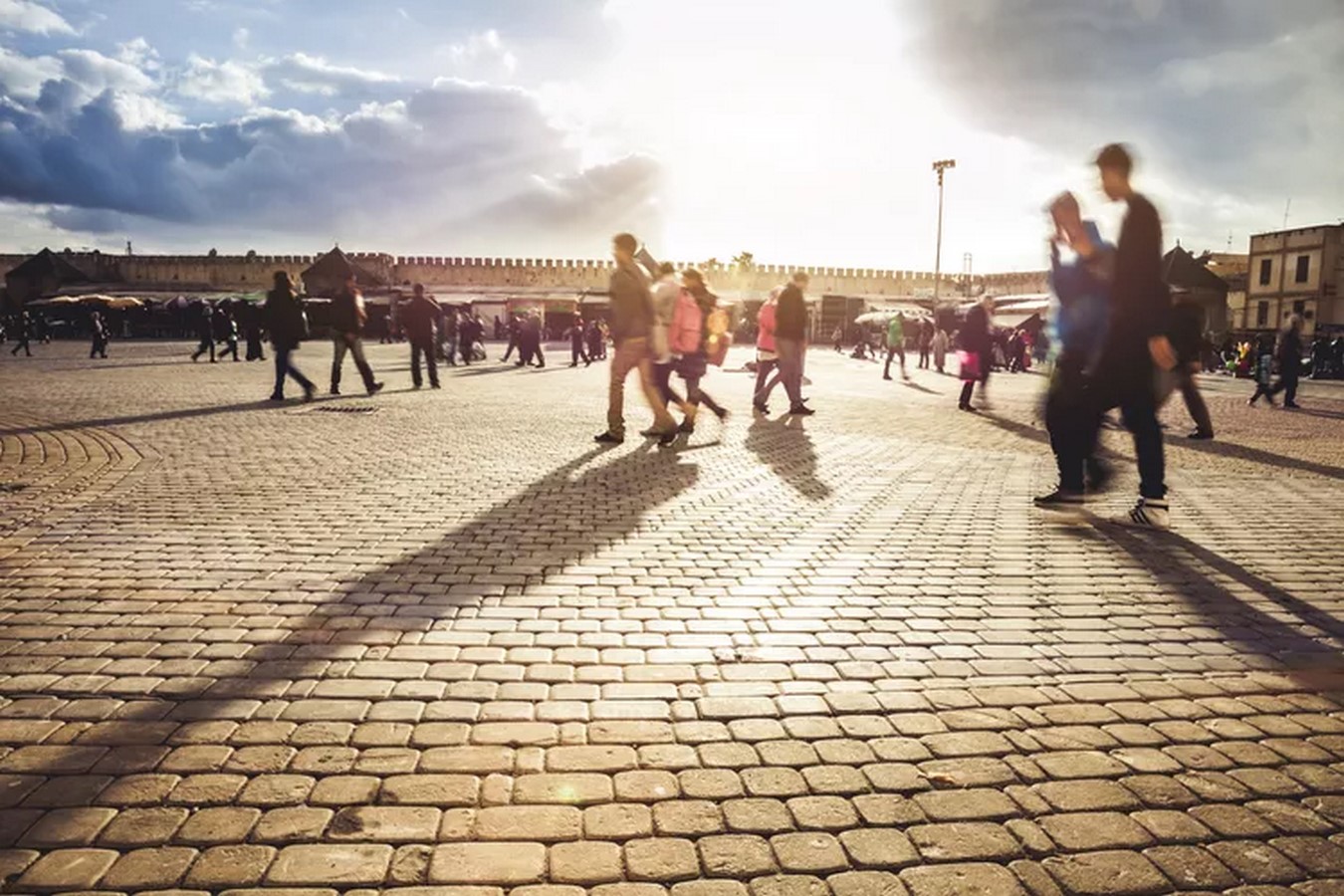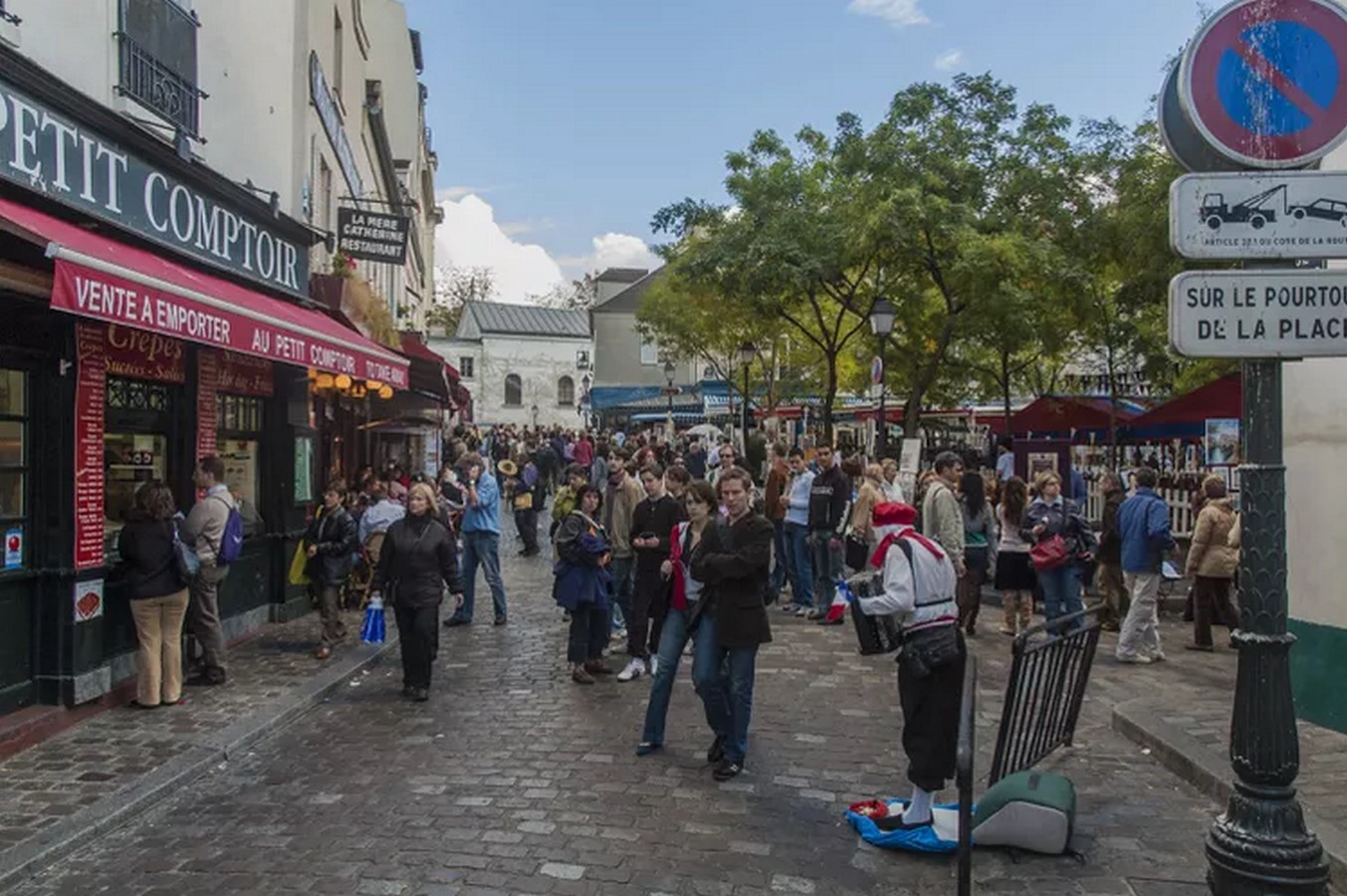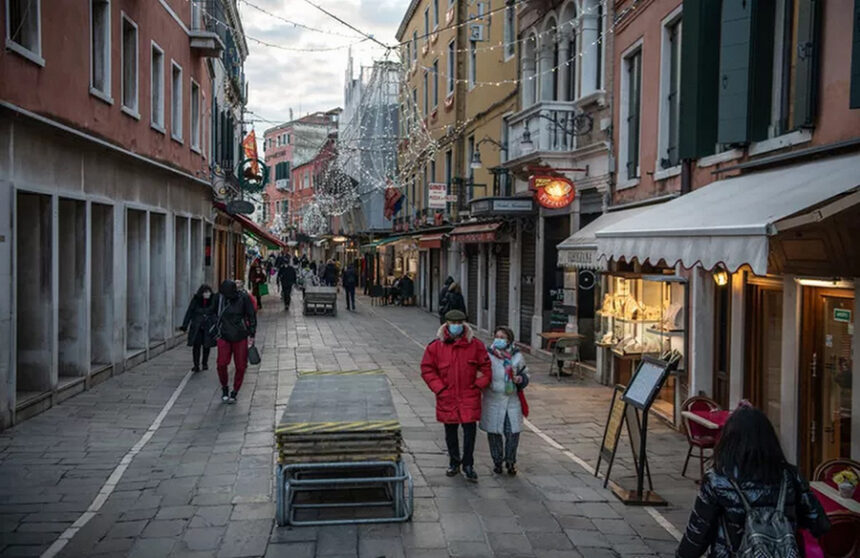Defining Pedestrian Zones
Pedestrian zones, characterized by the absence of vehicular traffic and often inclusive of bicycles, skateboards, and scooters, are designated areas within urban environments. These zones aim to enhance the pedestrian experience by providing safe, enjoyable pathways for individuals to explore shops, eateries, and communal spaces, free from the hazards and disturbances associated with wheeled vehicles.

Tracing the Origins
The concept of pedestrian-friendly spaces traces back to ancient civilizations, with walkable towns, marketplaces, and arcades prevalent in Rome and the Middle Ages. Over time, the proliferation of vehicular traffic reshaped urban landscapes, relegating pedestrians to the periphery. However, the resurgence of pedestrian zones gained momentum post-World War II, fueled by a desire to foster community engagement, support local businesses, and cultivate vibrant public realms.
The Rise of Automobile-Centric Design
The advent of automobiles, epitomized by Henry Ford’s Model T in 1908, heralded a seismic shift in urban planning paradigms. As cities embraced car culture, thoroughfares were engineered to accommodate vehicular traffic, often at the expense of pedestrian safety and accessibility. Subsequent decades witnessed the proliferation of highways, suburban sprawl, and a burgeoning reliance on automobiles, relegating pedestrians to marginalized roles in urban environments.
Pioneering Pedestrian Zones
In the mid-20th century, pioneering efforts in Essen, Germany, and Kalamazoo, Michigan, heralded the establishment of the first official pedestrian zones. Concurrently, European cities embraced pedestrianization initiatives as integral components of modern urban planning. In contrast, American counterparts adopted pedestrian-friendly streetscapes, albeit under the guise of “malls,” fostering community engagement and recreational activities.

Evolving Urban Landscapes
The evolution of pedestrian zones reflects a nuanced interplay between vehicular and pedestrian needs, epitomized by Amsterdam and Paris’s integrative approaches. These cities implemented strategies to reconcile vehicular access with pedestrian priorities, catalyzing a resurgence in pedestrian-centric urban design. Conversely, shifting commercial landscapes and suburbanization in the United States posed challenges to the viability of pedestrian zones, necessitating adaptive strategies to sustain their relevance.
Contemporary Paradigms
Modern pedestrian zones encompass diverse configurations, ranging from dedicated car-free thoroughfares to periodic street closures and covered passages. Noteworthy examples include Venice, Paris, Copenhagen, and various North African medinas, each exemplifying distinct approaches to pedestrian-centric urban planning. As cities grapple with pressing environmental concerns and evolving societal preferences, pedestrian zones emerge as focal points for sustainable, community-oriented development.
Envisioning the Future
The trajectory of pedestrian zones aligns with broader trends in urbanism, emphasizing livability, environmental sustainability, and social connectivity. Initiatives such as New Urbanism advocate for pedestrian-friendly environments conducive to vibrant communal life, while organizations like the Complete Streets Coalition champion inclusive, accessible thoroughfares. Against the backdrop of climate change, pedestrian zones assume heightened significance, serving as catalysts for reducing carbon emissions, enhancing green spaces, and fostering resilient urban ecosystems.
Conclusion
In an era characterized by urbanization, environmental consciousness, and shifting mobility preferences, pedestrian zones emerge as crucibles for innovative urban planning. By prioritizing pedestrians over vehicular traffic and integrating green spaces, cultural amenities, and sustainable infrastructure, cities can cultivate vibrant, inclusive communities that resonate with the needs and aspirations of diverse populations. As the global discourse on urban development evolves, pedestrian zones stand poised to shape the future of cities worldwide, embodying principles of accessibility, sustainability, and social equity.





Leave a Reply